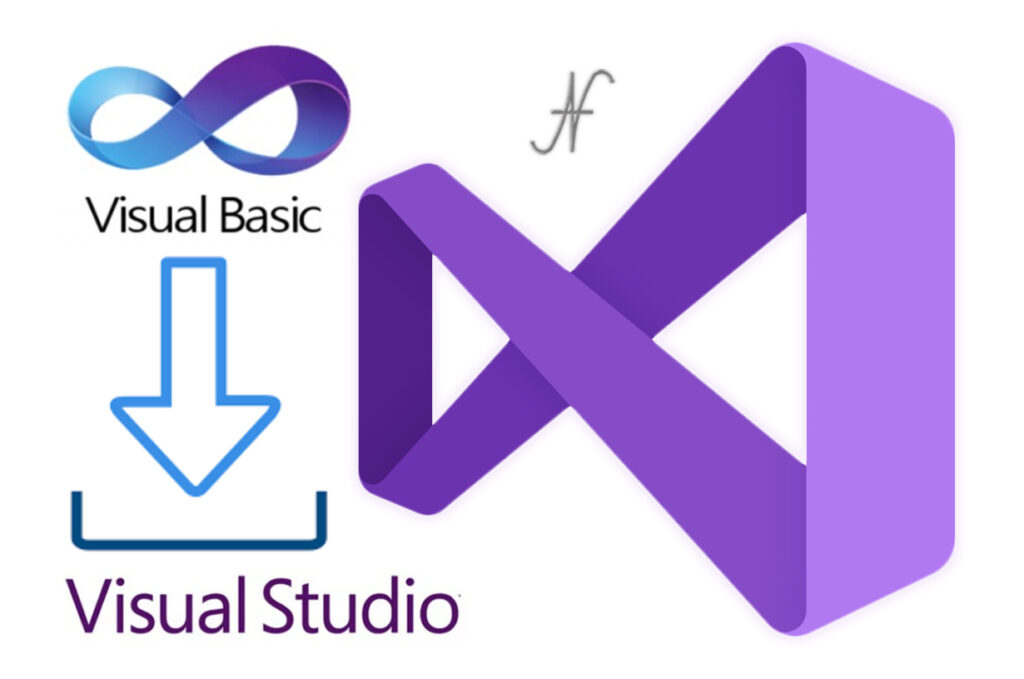
Free eBooks for Beginners
Visual Basic .NET (VB.NET) is a programming language that allows developers to create a wide range of applications, from simple desktop programs to complex web applications. It is a popular choice for beginners because of its simple syntax and easy-to-use development environment. In this article, we will discuss one of the basic concepts in VB.NET: looping.
Looping is a fundamental concept in programming that allows you to repeat a set of instructions multiple times. This can be useful when you want to perform a specific task multiple times or when you want to process a large amount of data. There are several types of loops in VB.NET, but the most commonly used are the For loop and the While loop.
The For loop is used when you know how many times you want to repeat a set of instructions. For example, if you want to print the numbers 1 to 10, you can use a For loop to iterate over the numbers and print each one. The basic syntax for a For loop is:
For variable = start To end [instructions to be executed] Next
where variable is the loop counter, start is the starting value, and end is the ending value. The instructions inside the loop are executed repeatedly while the loop counter is between the start and end values.
The While loop, on the other hand, is used when you don’t know how many times you want to repeat a set of instructions. The loop continues to execute as long as the specified condition is true. For example, if you want to keep asking a user for their name until they provide a valid input, you can use a While loop to repeat the prompt until the user enters a valid name. The basic syntax for a While loop is:
While condition [instructions to be executed] End While
where condition is the expression that is evaluated before each iteration of the loop. If the condition is true, the instructions inside the loop are executed, and if it is false, the loop ends.
Another type of loop is the Do loop, and it is used when you want to execute a set of instructions at least once before checking the condition. The basic syntax for a Do loop is:
Do [instructions to be executed] Loop While/Until condition
where condition is the expression that is evaluated after each iteration of the loop. The loop continues to execute as long as the condition is true.
It’s important to note that loops can also be nested, meaning that one loop can be inside another loop. This can be useful when you want to perform a complex task that involves multiple iterations. However, it’s important to be careful when using nested loops, as it can make the code more difficult to understand and maintain.
In conclusion, looping is a fundamental concept in programming that allows you to repeat a set of instructions multiple times. VB.NET provides several types of loops, such as For, While, and Do loops, which can be used to iterate over a set of data or perform a specific task multiple times. Looping is a powerful tool that can be used to automate repetitive tasks and make your code more efficient. As a beginner, it’s important to understand the basics of looping and practice using them to improve your coding skills.
Cookbook – VisualBasic.NET for Beginners – Chapter 12 : Looping
 Loading...
Loading...
Disclaimer: The information and code presented within this recipe/tutorial is only for educational and coaching purposes for beginners and developers. Anyone can practice and apply the recipe/tutorial presented here, but the reader is taking full responsibility for his/her actions. The author (content curator) of this recipe (code / program) has made every effort to ensure the accuracy of the information was correct at time of publication. The author (content curator) does not assume and hereby disclaims any liability to any party for any loss, damage, or disruption caused by errors or omissions, whether such errors or omissions result from accident, negligence, or any other cause. The information presented here could also be found in public knowledge domains.
Learn by Coding: v-Tutorials on Applied Machine Learning and Data Science for Beginners